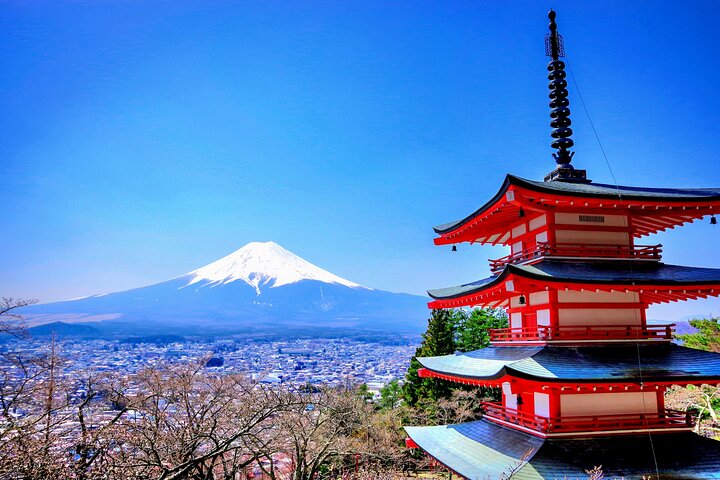Unveiling the Cultural Tapestry of Mount Fuji: A Journey with Deo
Embarking on a journey to Mount Fuji, I sought to uncover the cultural and historical layers of this iconic peak. Guided by the insightful Deo, my adventure transcended the ordinary, offering a profound connection to Japan’s rich heritage.
A Journey Beyond the Ordinary
The allure of Mount Fuji has always been a siren call for travelers seeking both natural beauty and cultural depth. As a cultural anthropologist, I have long been fascinated by the stories and traditions that surround this iconic peak. When I embarked on the Mt Fuji Tour, I was eager to delve into the rich tapestry of history and art that the region promised. Little did I know that this journey would offer not just a glimpse into the past, but also a profound connection to the present.
Our guide, Deo, was a master of his craft. His ability to weave narratives that connected the ancient with the contemporary was nothing short of mesmerizing. As we traveled from Tokyo to the foothills of Fuji, Deo shared tales of the mountain’s spiritual significance, its role in Japanese art, and the festivals that celebrate its majesty. His stories were not mere recitations; they were invitations to see the world through the eyes of those who have revered this mountain for centuries.
The Dance of Nature and Culture
Our first stop was Oshino Hakkai, a village renowned for its crystal-clear spring waters fed by the snowmelt from Mount Fuji. Here, the harmony between nature and culture was palpable. The serene ponds, surrounded by traditional thatched-roof houses, seemed to whisper secrets of the past. As I wandered through the village, I was reminded of the importance of water in Japanese culture—not just as a life-giving force, but as a symbol of purity and renewal.
Deo’s insights into the local customs and the significance of water in Shinto rituals added layers of meaning to our visit. It was a reminder that every element of the landscape is imbued with cultural significance, a theme that would resonate throughout our journey.
The highlight of our day was undoubtedly the surprise speedboat ride on Lake Kawaguchiko. As we skimmed across the water, the reflection of Mount Fuji on the lake’s surface was a breathtaking sight. This unexpected adventure offered a new perspective on the mountain, one that was both exhilarating and humbling. It was a moment that transcended the ordinary, capturing the essence of what it means to truly experience a place.
A Tapestry of Memories
Our journey continued to the Chureito Pagoda, where the iconic view of the pagoda framed by cherry blossoms and Mount Fuji in the background was a scene straight out of a painting. Here, Deo’s knowledge of Japanese art and symbolism enriched our understanding of the landscape. The pagoda, a symbol of peace and harmony, stood as a testament to the enduring beauty of Japanese aesthetics.
As we concluded our tour at the Kitaguchi Hongu Fuji Sengen Jinja Shrine, I was struck by the sense of continuity that permeated our journey. This ancient shrine, dedicated to the deity of Mount Fuji, was a fitting end to a day that had been as much about spiritual exploration as it was about physical discovery. Deo’s reverence for the site and his ability to convey its significance left a lasting impression.
Reflecting on this adventure, I am reminded of the power of travel to connect us with the world in meaningful ways. The Mt Fuji Tour was not just a journey to a mountain; it was a journey into the heart of a culture, a dance between the past and the present, and a reminder of the beauty that lies in the stories we share. For those seeking a deeper connection to Japan, this experience is not to be missed.















































